Workouts
Let’s Climb! – Wilshire Grand Center in LA
IT’S TIME TO CLIMB A TALL BUILDING IN LOS ANGELES Challenge: Your distance goal is 1,100 vertical feet to the top of the Wilshire Grand Center, LA. (335 meters). How many minutes did it take you to complete this challenge? Let us know by hashtagging #versaclimber @versaclimber with a photo of your time and you…
Let’s Climb! – Stratosphere
IT’S TIME TO CLIMB TO THE TOP OF THE STRATOSPHERE! Challenge: Your distance goal is 1,149 vertical feet to the top of the Stratosphere in Las Vegas (350 meters) How many minutes did it take you to complete this challenge? Let us know by hashtagging #versaclimber @versaclimber with a photo of your time and you…
Let’s Climb! – El Capitan California
IT’S TIME TO CLIMB TO THE TOP OF EL CAPITAN Challenge: Your distance goal is 3,000 vertical feet to the top of El Capitan in Yosemite, Ca. (900 meters) How many minutes did it take you to complete this challenge? Let us know by hashtagging #versaclimber @versaclimber with a photo of your time and you…
Let’s Climb! – The Washington Monument
IT’S TIME TO CLIMB TO THE TOP OF THE WASHINGTON MONUMENT Challenge: Your distance goal is 555 vertical feet to the top of the Washington Monument. (169 meters) How many minutes did it take you to complete this challenge? Let us know by hashtagging #versaclimber @versaclimber with a photo of your time and you may be selected to receive a cool…
Let’s Climb! – The New York Times Tower
IT’S TIME TO CLIMB TO THE TOP OF THE NEW YORK TIMES TOWER Challenge: Your distance goal is 1,046 vertical feet to the top of the NY Times Building. (318 meters) How many minutes did it take you to complete this challenge? Let us know by hashtagging #versaclimber @versaclimber with a photo of your time…
Let’s Climb! – The Petronas Towers, Malaysia
IT’S TIME TO CLIMB TO THE TOP OF THE PETRONAS TOWERS, MALAYSIA Challenge: Your distance goal is 1,483 vertical feet to the top of the Petronas Tower. (451 meters) How many minutes did it take you to complete this challenge? Let us know by hashtagging #versaclimber @versaclimber with a photo of your time and you…

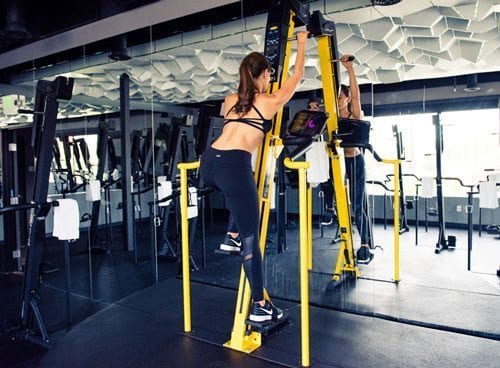
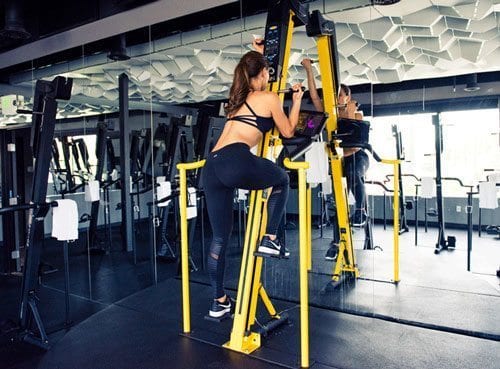
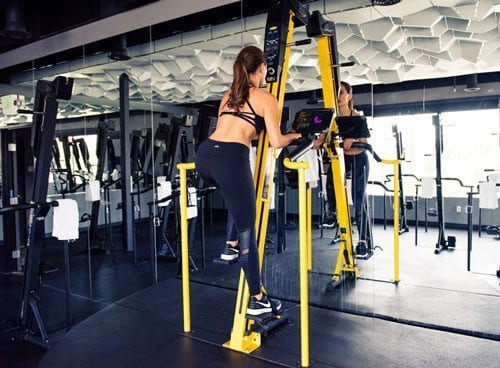

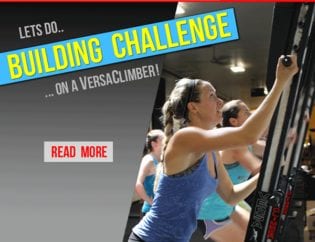
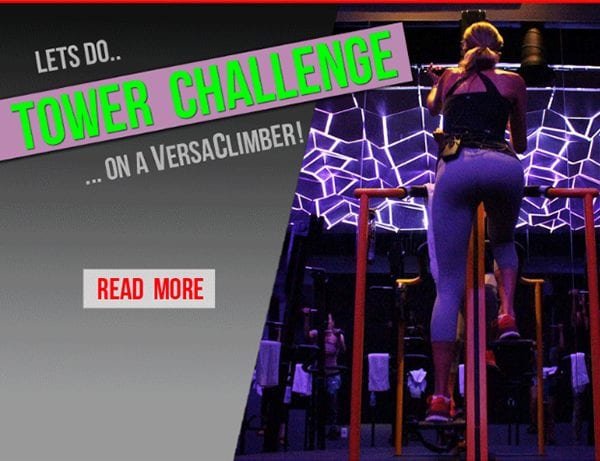
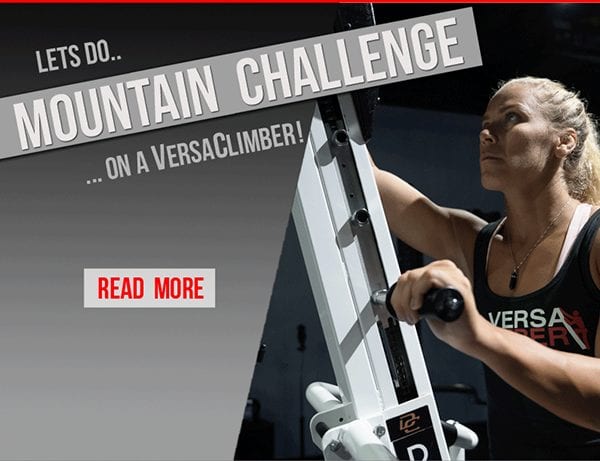
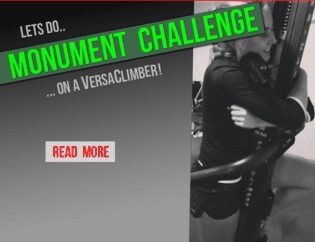



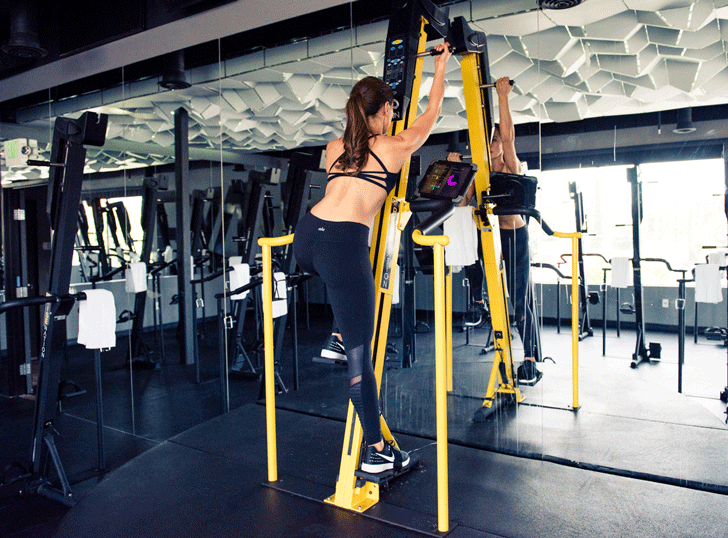


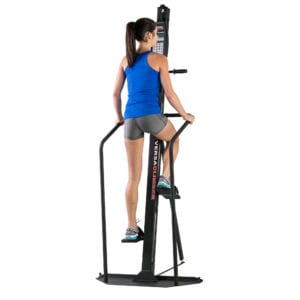 Interval Sprint Training Interval training on the VersaClimber is achieved by repetition of: sprinting...resting... sprinting (as is the case for most sports). By increasing the speed and the stroke length of each step, the cardiovascular system becomes accustomed to extremely strenuous exercise and recovery to a resting state again.
Interval Sprint Training Interval training on the VersaClimber is achieved by repetition of: sprinting...resting... sprinting (as is the case for most sports). By increasing the speed and the stroke length of each step, the cardiovascular system becomes accustomed to extremely strenuous exercise and recovery to a resting state again.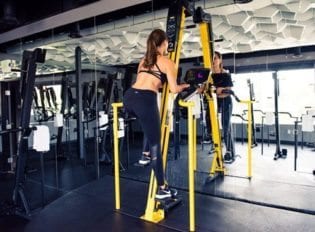 The VersaClimber provides a more complete, safe and overall better exercise than treadmills, ellipticals, steppers, running, cycling, swimming, rowing or cross country skiing because the VersaClimber works all the major muscles of the body in one safe, smooth rhythmic motion. Climbing against gravity also burns more calories than any other exercise.
The VersaClimber provides a more complete, safe and overall better exercise than treadmills, ellipticals, steppers, running, cycling, swimming, rowing or cross country skiing because the VersaClimber works all the major muscles of the body in one safe, smooth rhythmic motion. Climbing against gravity also burns more calories than any other exercise.